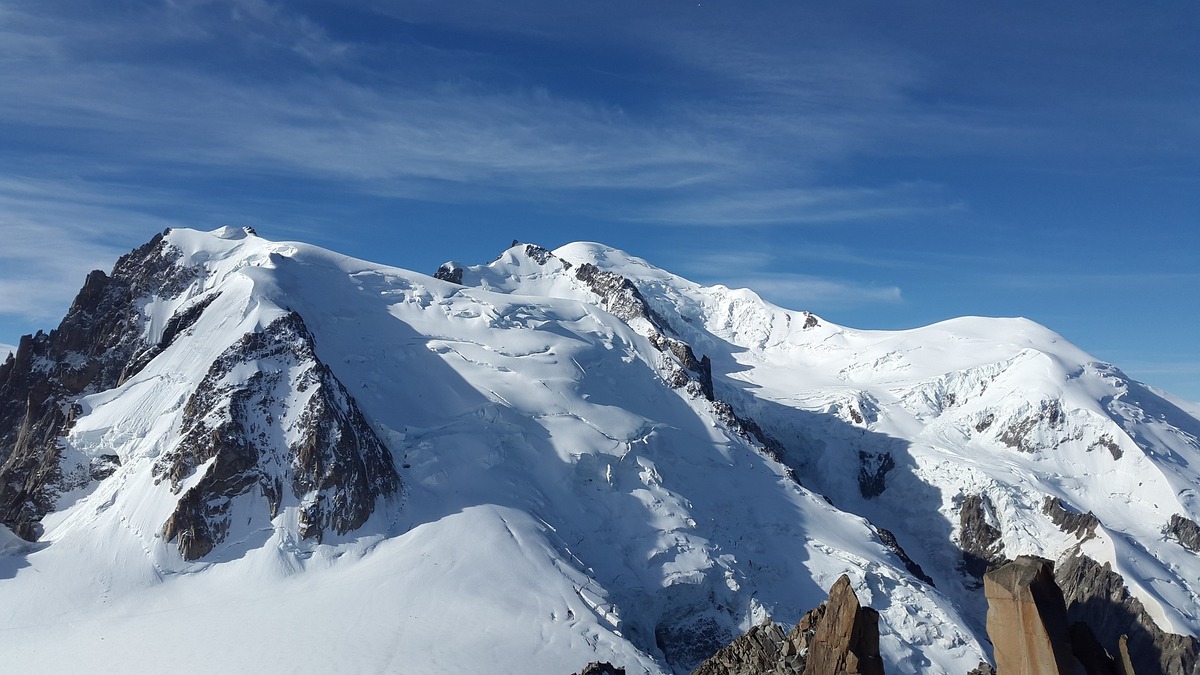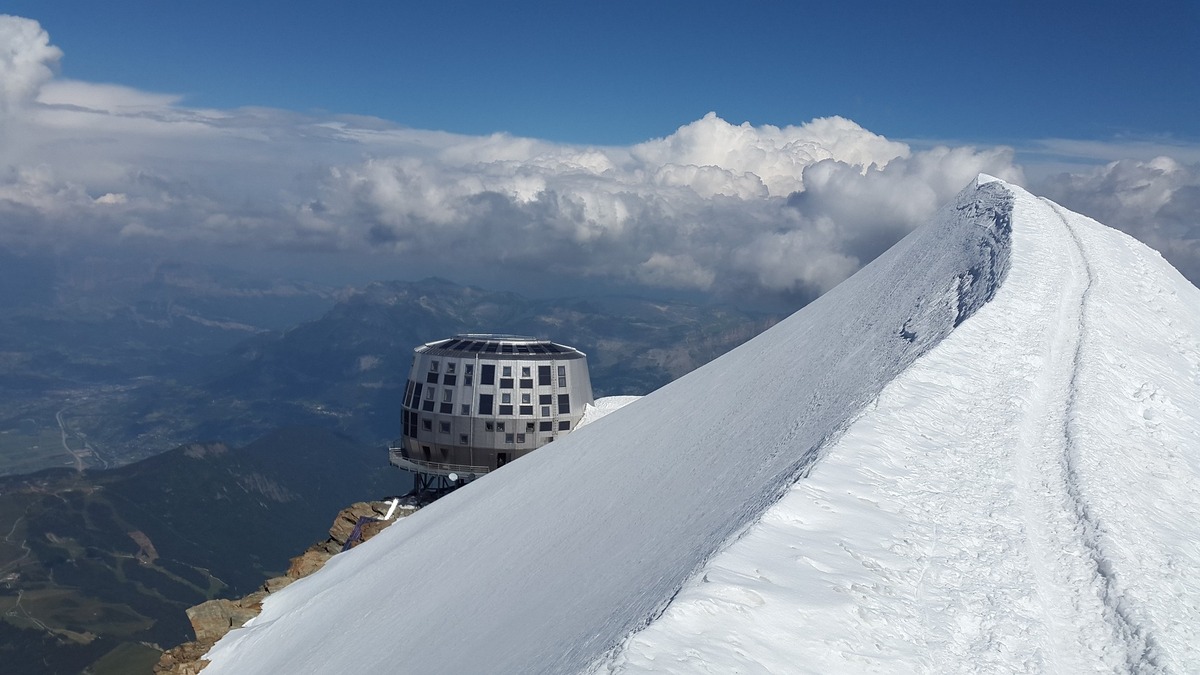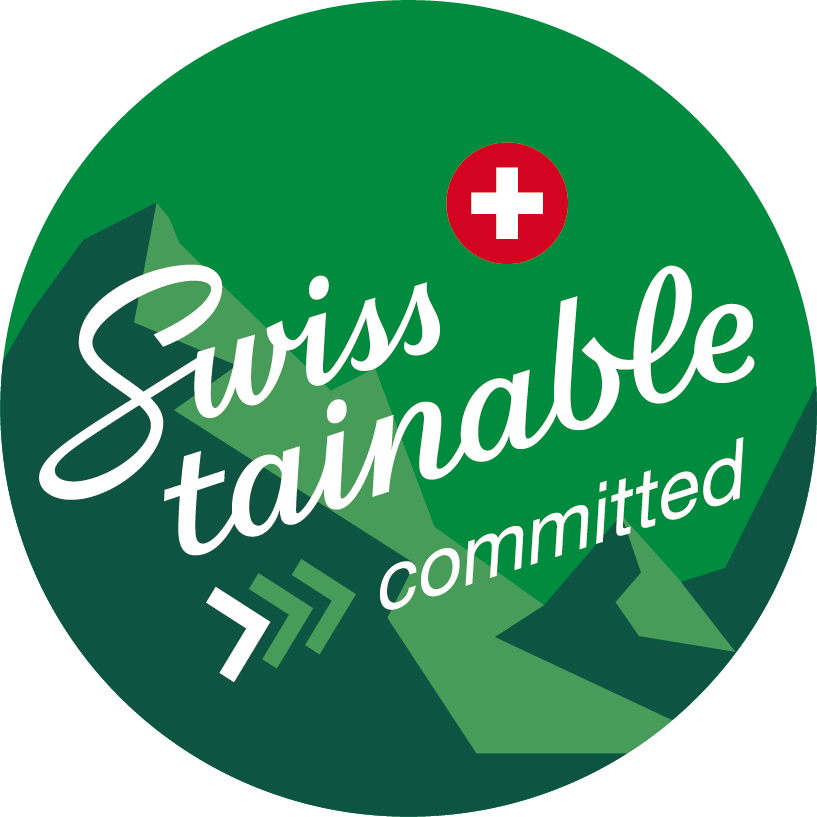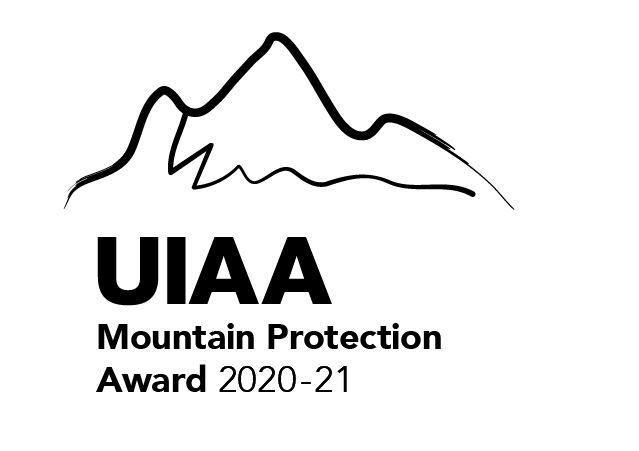Mont Blanc Climb
Everything you need to know for your next ascent of Mont Blanc
History
Mont Blanc, with its 4810 meters, is the highest mountain in the Alps and a symbol of the majestic beauty of nature. Its history dates back to the 18th century and is closely linked to the development of alpinism.
The first documented attempts to climb Mont Blanc took place in the late 18th century. In 1786, two Englishmen, Michel-Gabriel Paccard and Jacques Balmat, set out to climb the mountain. After several unsuccessful attempts, they finally reached the summit of Mont Blanc on August 8, 1786.
The ascent of Mont Blanc by Paccard and Balmat marked a turning point in the history of alpinism. It was not only an important milestone in the exploration of the Alps, but also an expression of human ambition and the desire for discovery.
In the following years, the number of attempts to climb Mont Blanc increased steadily. In 1808, a group of six Englishmen succeeded in reaching the summit, and in 1816, the first winter ascent of Mont Blanc followed.
During the 19th century, the ascent of Mont Blanc became an important destination for climbers from all over the world. During this period, new routes were also opened up and the technical skills and equipment of climbers improved.
However, the history of Mont Blanc is also marked by tragedy and human suffering. In 1892, a group of twelve climbers fell to their deaths on the Aiguille du Dru, and in 1950, 40 climbers died in an avalanche accident on Mont Blanc.
Today, Mont Blanc is a popular destination for climbers and tourists from all over the world. Every year thousands of people try to reach the summit and enjoy the beauty of the alpine landscape.

Climb Mont Blanc with Exped Tribe
Guided Climb of Mont Blanc
3 Days, Chamonix
With one of our experienced mountain guides you will climb the landmark of the Alps!
Climb this challenging mountain, high above Chamonix.
Guided Ski Mountaineering Climb of Mont Blanc
3 Days, Chamonix
A spectacular challenge for experienced ski mountaineers. The tour requires a lot of preparation, special equipment and knowledge in dealing with alpine dangers.
Preparation Tour for Mont Blanc
1 or 2 Days
Climbing Mont Blanc is a demanding task. For this reason, we offer new customers a preparatory tour with a mountain guide to determine your standpoint on the mountain. This includes several elements and has a similar character to the ascent of Mont Blanc. So you know exactly if you are ready for the King’s Mountain of the Alps! Climb this demanding mountain, high above Chamonix.
Routes for a Mont Blanc Climb
There are many different routes for a Mont Blanc climb. Here are some of the most famous and popular:
The Normal Route: The Normal Route is the most common route for climbing Mont Blanc. It starts in Chamonix and goes along the Gouter ridge. This route requires a good physical condition and experience in mountaineering.
The route over Mont Blanc du Tacul: This route also starts in Chamonix but goes over Mont Blanc du Tacul. This route is less crowded than the normal route, but also requires a good physical condition and experience in mountaineering.
The route over the Aiguilles Grises: this route starts in Les Contamines and goes over the Aiguilles Grises to Mont Blanc. This route is less technical than the normal route, but still requires a good physical condition and experience in mountaineering.
The route over the Dôme du Goûter: This route also starts in Chamonix, but goes over the Dôme du Goûter. This route is technically more demanding than the normal route and requires a very good physical condition and experience in mountaineering.
It is important to note that all routes for climbing Mont Blanc are demanding and require good preparation. It is also advisable to hire an experienced mountain guide to make the climb safely and successfully.
Best period for climbing
High altitude tour on Mont Blanc: As a rule, the best time for a Mont Blanc climb is from early June to mid-September. During this time the snow is usually less, and the weather is more stable. It is also important to note that during the high season, especially in July and August, the number of climbers on Mont Blanc is higher and the routes can be crowded. This can make the climb more difficult and compromise safety.
Ski mountaineering tour on Mont Blanc: The best period for a ski mountaineering tour on Mont Blanc is usually in spring, from March to May, when snow conditions are still sufficient and the weather is usually more stable than in winter.
Equipment for a Mont Blanc climb
For an ascent of Mont Blanc as a high altitude tour, you need a comprehensive and specialized equipment to be safe and successful. Here are some of the most important pieces of equipment:
- Climbing gear: harness, climbing rope, carabiners, crampons, ice axe and helmet.
- Clothing: Functional clothing that is breathable and wind and waterproof. This includes sturdy pants, insulating jacket, windproof and breathable shell jacket and pants, gloves, hat and sunglasses.
- Mountain boots: via ferrata or mountain boots with stiff soles and good treads.
- Backpack: A roomy and sturdy backpack with enough space for food and equipment.
- Hut sleeping bag: For overnight stays in the hut or bivouac.
- Sunscreen: Sunscreen with a high sun protection factor, lip balm and sunglasses with good UV protection.
- First aid kit: Contains bandages, painkillers, blister plasters and other medical items.
If you want to climb Mont Blanc as a ski mountaineering tour, you must take the following items with you:
- Ski touring equipment: ski touring skis with touring bindings, crampons, skins, ski poles and ski boots suitable for high altitude ski touring.
- Mountaineering equipment: crampons, ice axe, helmet, harness and carabiners.
- Clothing: weatherproof and warm clothing designed for extreme weather conditions. This includes a down jacket, windproof and waterproof jacket and pants, hat, gloves, ski goggles and sunscreen.
- Avalanche Equipment: Avalanche equipment that includes an avalanche transceiver (transceiver), avalanche probe and shovel.
- Other equipment: A headlamp, water bottle, thermos and provisions are also essential for this tour.
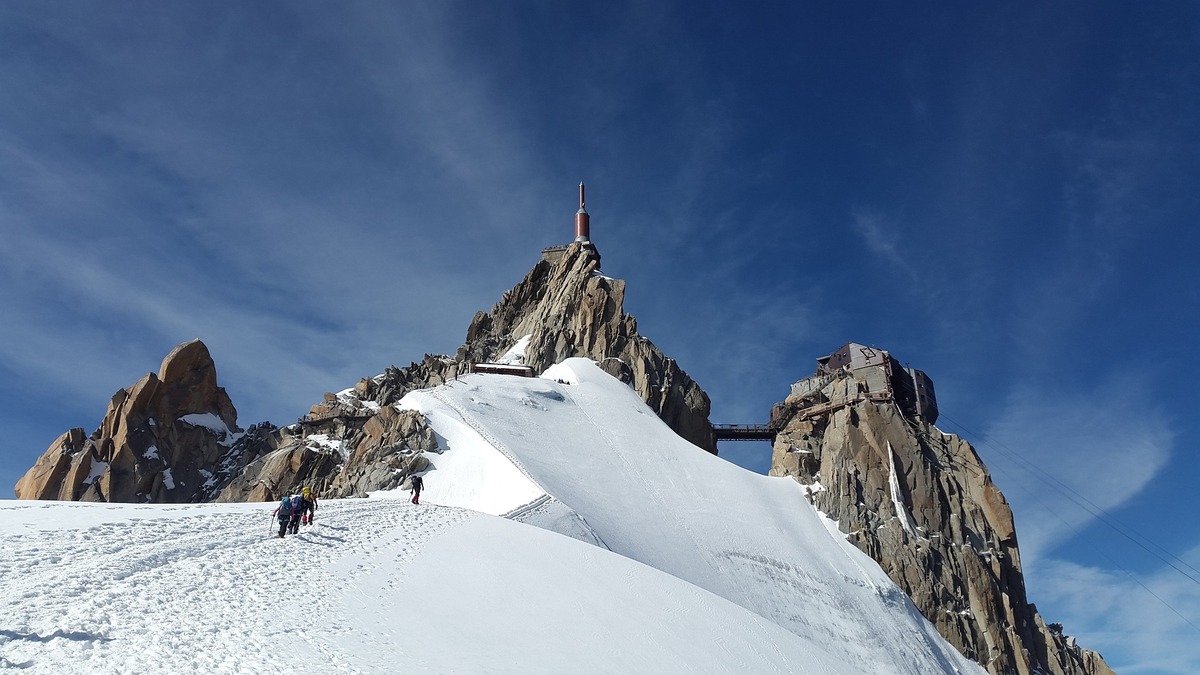
Info about the difficulty and dangers
Difficulty: firn up to 35°, on rock passages up to UIAA II.
Dangers: in summer rockfall in the Grand Couloir (early departure recommended!)
Recommended preparation climbs
There are many great mountain tours in the Chamonix area, or even in Switzerland, that climbers can take to improve their skills and experience before climbing Mont Blanc. Here are some of the recommended tours:
- Gran Paradiso (4,061 m): Gran Paradiso is the highest mountain in Italy and a great preparation tour for Mont Blanc. It offers a great way to get used to climbing at higher altitudes and to improve basic glacier walking and ice climbing skills.
- Breithorn (4,164 m): Breithorn is a popular 4,000-meter peak in the Alps and a great test-piece for one’s physical condition and technical abilities. It also offers a great view of Mont Blanc.
- Mont Blanc du Tacul (4,248): Mont Blanc du Tacul is another high peak in the Alps that is good preparation for Mont Blanc. It requires technical skills in glacier walking and ice climbing.
- Aiguille du Tour (3,542 m)
- Dôme du Goûter (4,304 m)
Schedule Mont Blanc Climb
Preparation: Before the climb you should prepare for the physical and technical requirements. This includes training your physical fitness and acquiring the necessary equipment and mountaineering skills.
Arrival: Most climbs begin in Chamonix, the small town at the base of Mont Blanc. From there, there are several transportation options to get to the starting points of the different routes.
Ascent: The ascent usually starts in the early morning and can take between 6 and 12 hours, depending on the route and the physical condition of the climber. The normal route, for example, goes along the Gouter ridge and requires technical mountaineering skills.
Support points and huts: the Refuge du Goûter, the Ref. Grand Mulet and the Refuge des Cosmiques are used as stopovers on various routes.
Can’ t find anything that suits you?
You’ve been dreaming of a certain activity for a long time, but the necessary planning is holding you back? Maybe you need the expertise of an experienced person to help you with your alpine plans?
We welcome special requests, no matter what shape or size your dreams have. Get full support in developing your adventure. Send us your requests here: Contact


